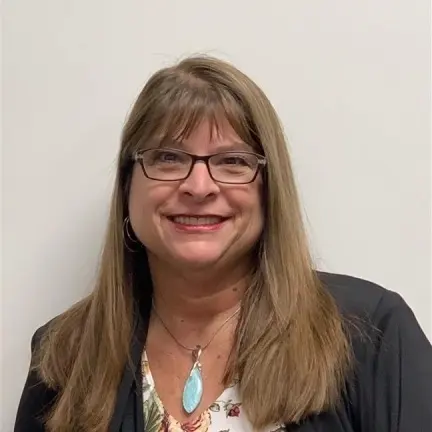Education
Racial disparities in learning that begin before formal schooling affect later opportunities to develop skills needed for high-paying jobs. The rate of Black children living in poverty is over twice that of White children. This spills over into opportunities for activities that can prepare young children for success in school, such as the number of words a child hears in the home and access to libraries and museums.
Once disadvantaged children start school, their economic opportunities don’t improve. The average spending per student in high-poverty, non-white schools is $1500 less than spending in more affluent, white schools.
Even in more affluent schools, girls are tracked away from STEM subjects, negatively impacting their opportunity to pursue these fields as adults. Girls face many limitations in key factors in their science and math education including:
-
Gender stereotypes that cast STEM roles as male
-
Fewer role models working in STEM
-
A male-dominated culture that isn’t supportive of women
-
Math anxiety perpetuated by teachers
Employment
Unemployment for Black people has consistently been twice as high as unemployment for white individuals for the past four decades. Black workers are also more likely to be employed in the lowest-earning occupations and less likely to be employed in the highest-earning occupations than their White counterparts.
Women are also overrepresented in low-paying fields, particularly women of color. Eight of the lowest-paying jobs are dominated by women. Hispanic women lost 46.7 billion dollars in potential wages in 2019, while Black women lost 39.3 billion in potential wages.
Education alone isn’t enough to close the economic disparity. Black, Hispanic, and women workers with college degrees earn less than Asians and white men in the same career field.
Addressing Economic Opportunity Gaps
As a WIOA caseworker, you have the opportunity to help address disparities in education and employment. Providing students access to high-demand training in high-paying fields can help them achieve and earn more. Information technology and healthcare are two fields expected to continue to grow well into the future. The tech talent shortage is a serious concern for almost all business leaders, and the demand for healthcare workers continues to rise with the aging population.
Working with your clients to identify factors affecting their opportunities and create a plan to overcome obstacles can help them thrive despite adversity. Finding a training program that understands the opportunity gaps minorities, women, and people without post-secondary education face can help. Such programs can provide the representation, support, and mentorship needed to bridge the economic opportunity gaps faced by your clients.
MedCerts provides a range of training programs in both the IT and healthcare fields. Your clients will be able to learn the skills they need to be competitive in sought-after, well-paying roles. We not only provide a unique educational experience that was designed with student success in mind, but we also provide comprehensive career services to help students find their dream jobs.
We give your clients one-on-one support with personal education consultants and student success advisors. Our career coaches work with students to polish their resumes and hone their interview skills so they’re fully equipped to find a job that aligns with their program. We work closely with American Job Centers in over 30 states to help get your clients employed quickly in high-demand fields.
